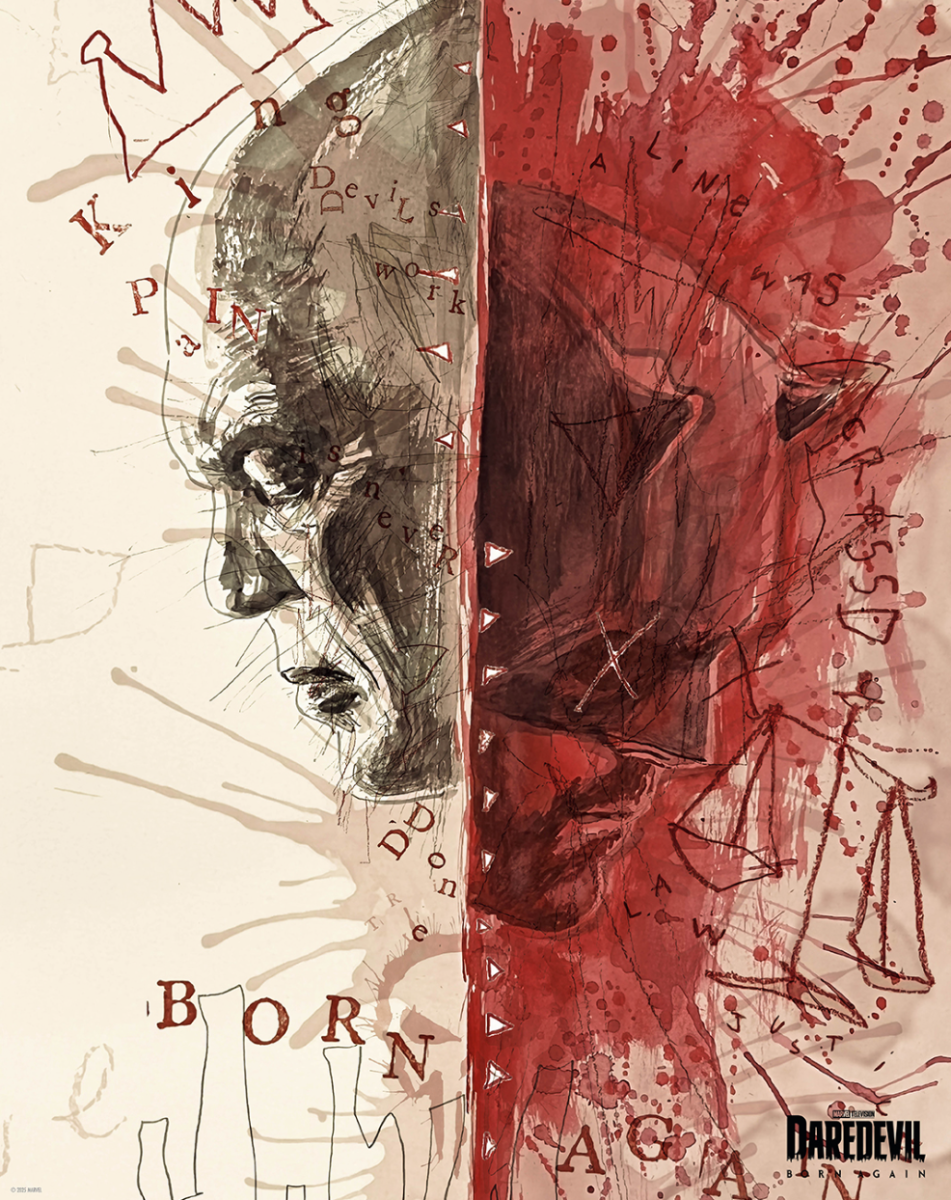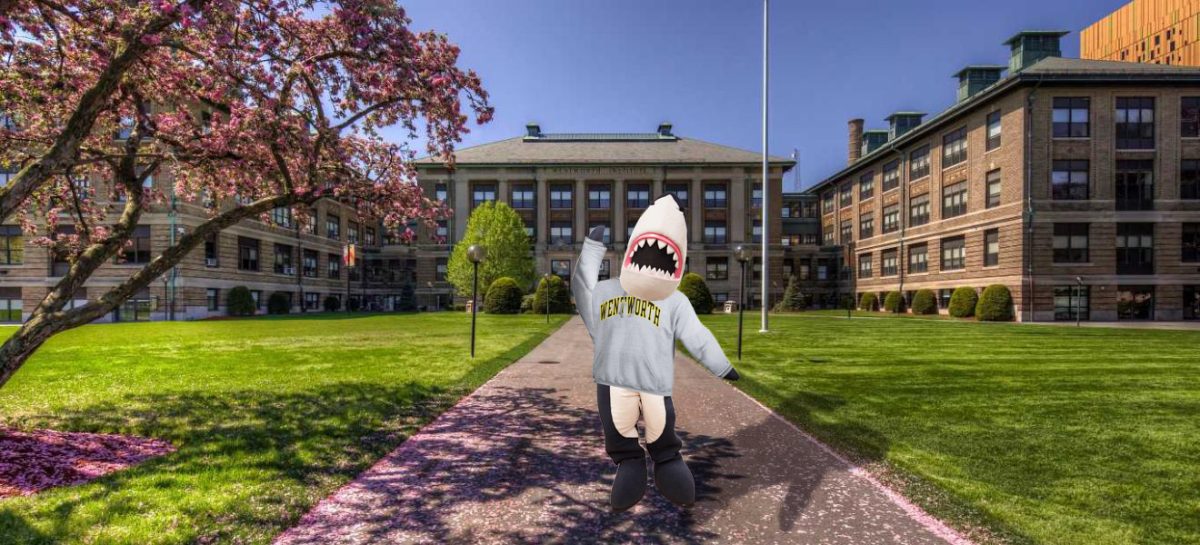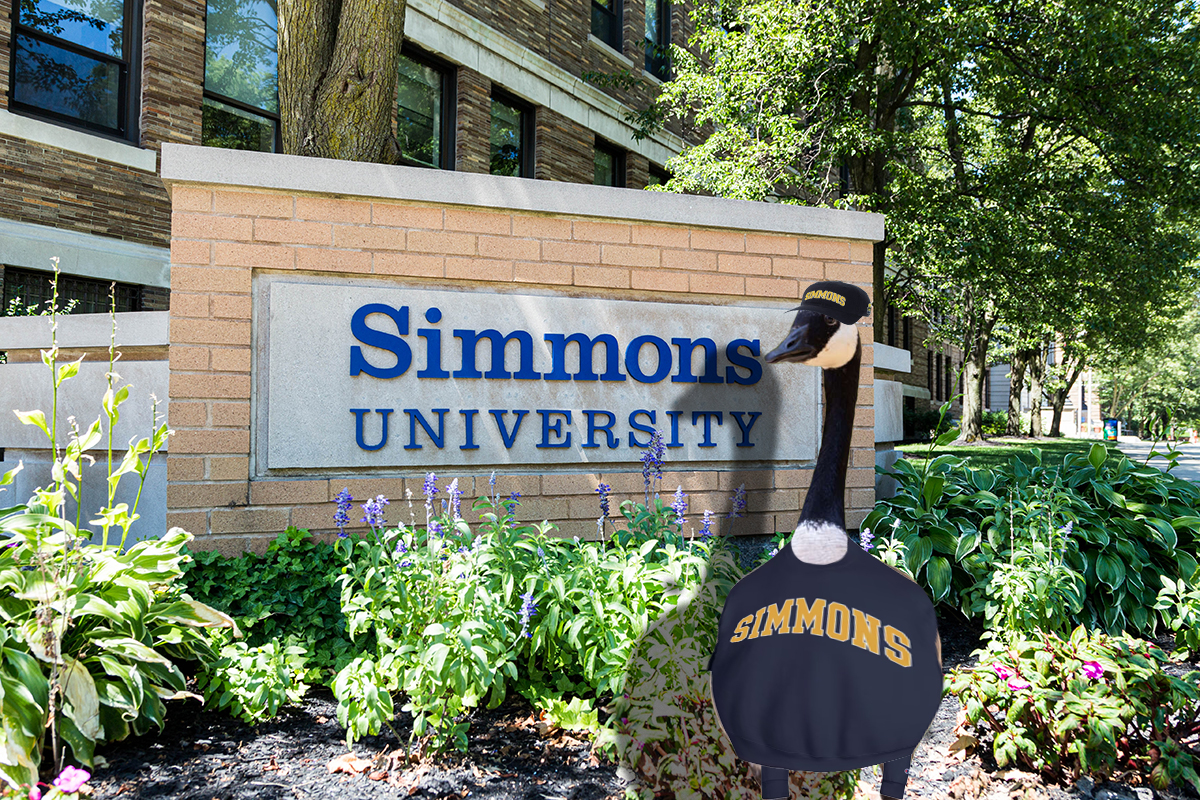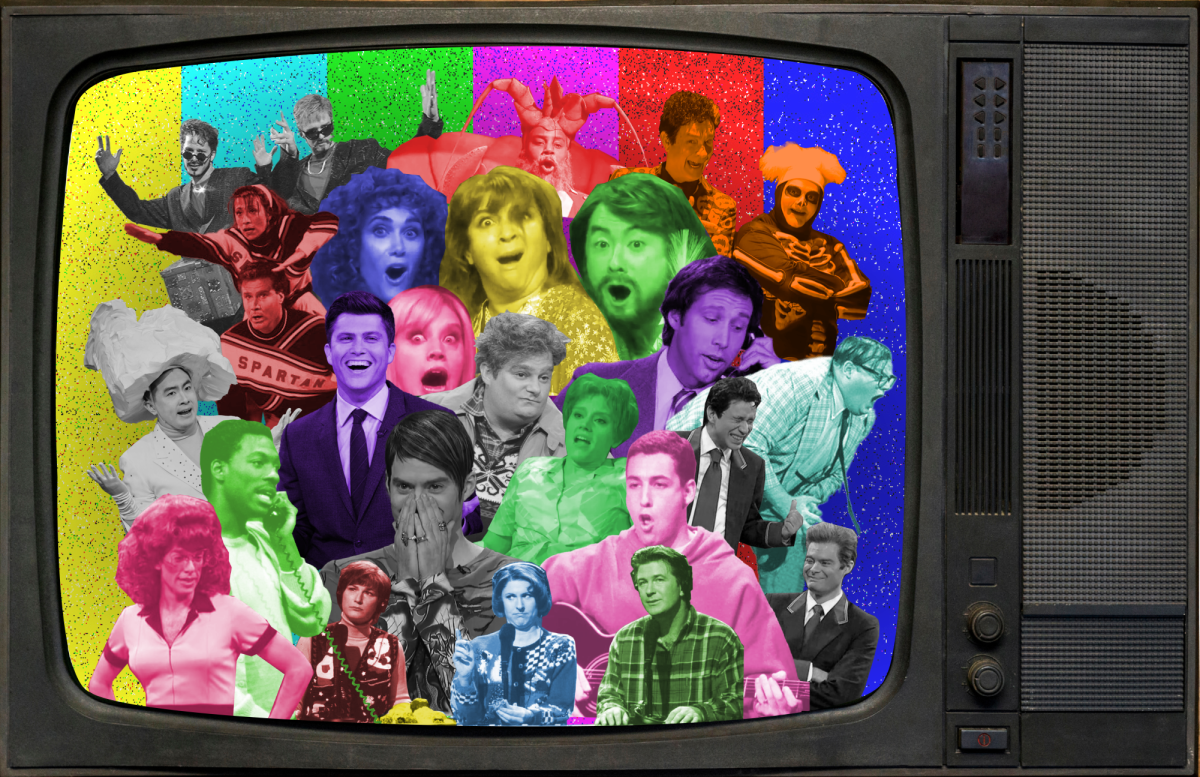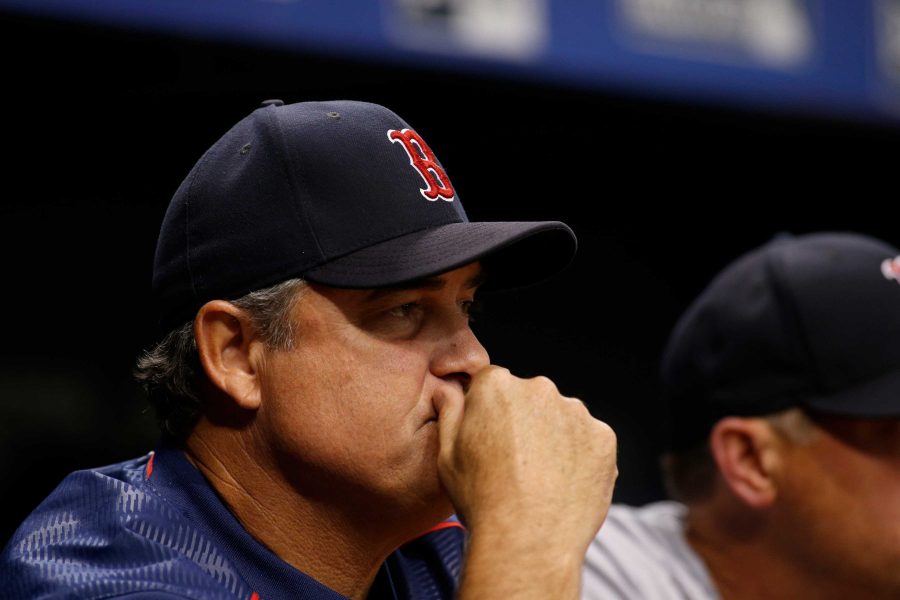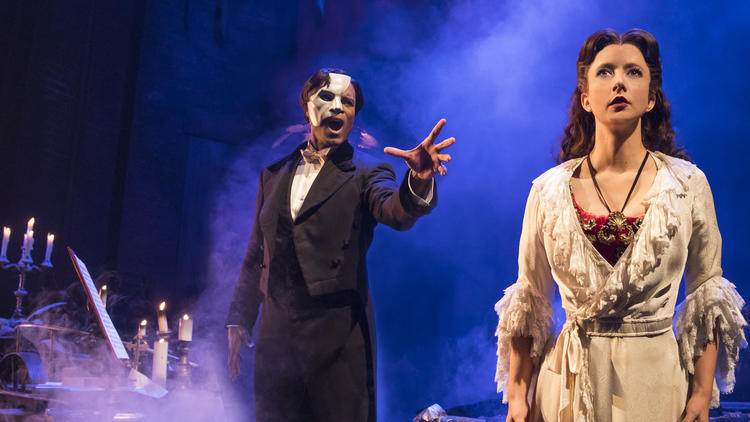By Ellen Garnett
Staff Writer
We all read the books. We grew up with Harry, Ron, and Hermione; we fantasized about the start-of-term feast with its cauldron cakes, treacle tart, and pumpkin pasties; we followed the three to the very end of the series.
To Harry Potter (HP) fans’ delight, J.K. Rowling has teamed up with director John Tiffany and playwright Jack Thorne to craft the eighth and final story, a play by the name of “Harry Potter and the Cursed C

hild,” a beautifully-written and thoughtful piece of art.
19 years have passed since the Battle of Hogwarts and Voldemort’s death (thanks, Neville!). We saw at the end of Book 7 in the Harry Potter series that the “chosen one” and Ginny get married (presumably) and have 3 children: James (after Harry’s father), Lily (after his mother) and Albus.
Albus Severus Potter, the primary protagonist in the play, is named of course after Hogwarts’ beloved headmaster Albus Dumbledore, and Professor Severus Snape, the man who protected Harry until his own end.
Ron and Hermione also get married (shocker) and have a child, Rose. Draco Malfoy too has a son, Scorpius, who is sweet, snarky and tickles one’s inner geek. He is not the typical Slytherin (take that, stereotypes!) and Albus is drawn to him.
Here is a sneak preview into this lovable character: through their adventures, Albus and Scorpius come across the author Bathilda Bagshot. Scorpius (whose love of books, Albus notes, distracts him from difficult emotional issues) spots Bathilda and utters, “The very same. Oh my, that’s her. Wow. Squeak. My geekness is a-quivering.”
“Cursed Child” provides Harry Potter fans an opportunity to delve deeper into the magical world and gain an alternative perspective on Hogwarts. The Hogwarts that Harry knew was his home, his refuge from an aunt and uncle who never showed him love.
Albus, on the other hand, feels as if he’s walking in his father’s shadow. He and Scorpius are bullied and don’t excel at the activities their parents had done. For this reason, the two decide to go on their own Harry Potter-esque operation.
Their dangerous quest involves the past, which does not always stay where it belongs. The play allows for further character exploration of Severus Snape and Albus Dumbledore, which pulls at the heartstrings of HP fans. This exploration, in a way, offers closure. Ultimately, the strong suits of Rowling’s series, including character development and creative, impossible missions, shine through in “Cursed Child.”
Some critics argue that the use of magic, potions, and other items (vaguely referred to in this article to avoid spoilers) is not consistent with that of the Harry Potter series.
While this is a valid point, the play had to adapt the rules to fit the shortened narrative. Otherwise, the play would have been too long (though some fans beg to differ).
J.K. Rowling’s latest work asks and addresses the infamous question, “what if?” Most of us have what-ifs in our lives. We try not to dwell on them because, well, most of us don’t have time-turners. It isn’t healthy to dwell too much on the what-ifs.
“Harry Potter and the Cursed Child” digs into one of Harry’s biggest what-ifs, and illustrates the emotional and physical damage that it wreaks when it’s unleashed.








